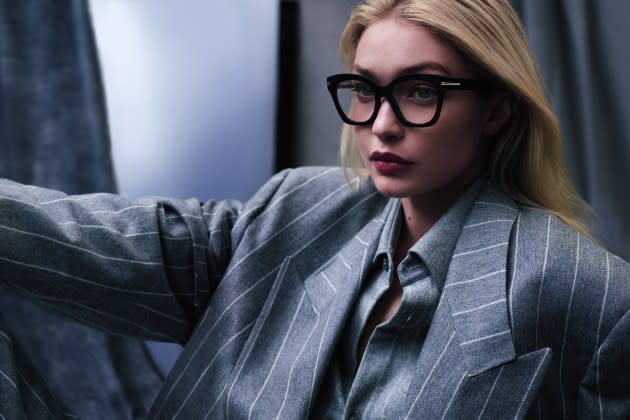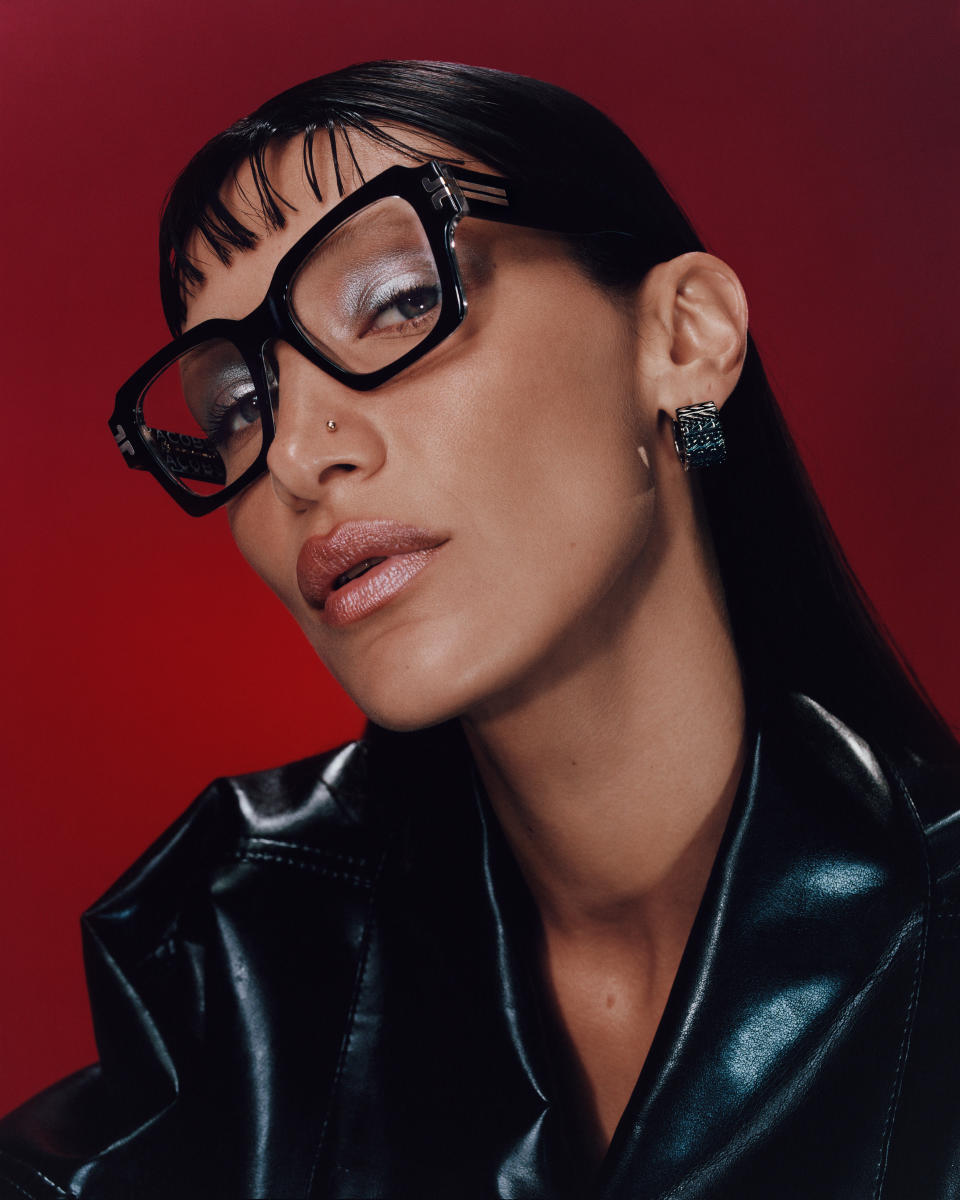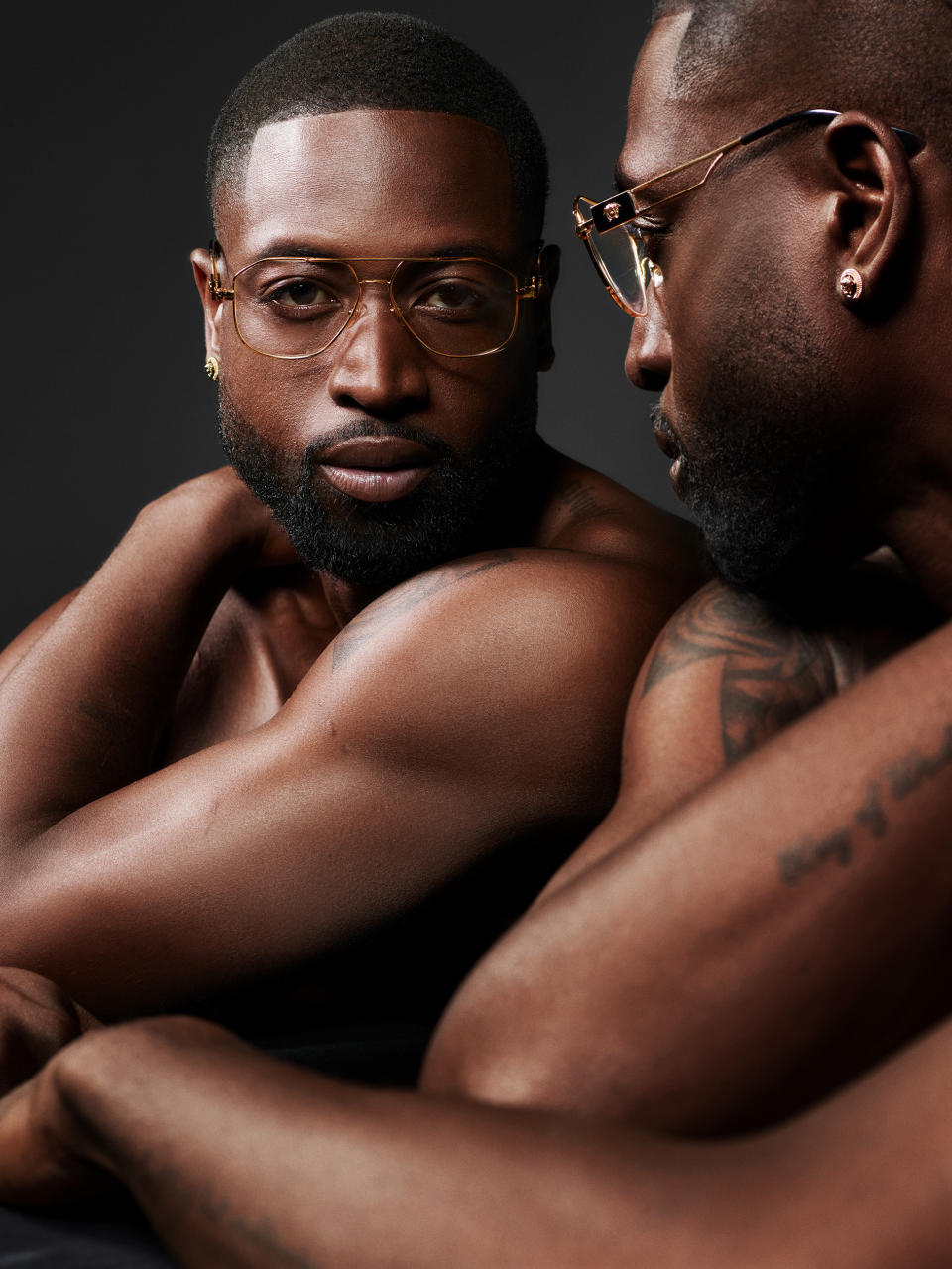A Closer Look at Fashion’s Embrace of Optical Glasses

While prescription and optical glasses have been around for centuries, fashion’s embrace of the styles has come at a slow pace, as glasses have long had connotations of a nerdy and uncool factor, especially among younger consumers.
In recent years this perception has been flipped on itself as the fashion industry, celebrities and younger consumers have started to embrace optical glasses as more people look to the styles as accessories and to help their personal style shine through.
More from WWD
Swedish Brand Glas Offers Solutions for the Farsighted, and Forgetful
Ace & Tate Celebrates 10 Years With Store Openings, Big Growth Ambitions
Four Specialty Optical Shops Speak on Trends and Running a Small Boutique
According to fashion technology company Lyst, searches for optical glasses increased 30 percent in the last four months, with styles from Tom Ford and Gucci ranking as the most popular among consumer searches.
“What was once perceived as a medical device or wearable tool is now much more embraced by the public and, of course, by young consumers who are the first ones that catch those trends,” said Matteo Battiston, global design and market research director at EssilorLuxottica. “There is a huge desire to be authentic and feel empowered. The fact that [the consumer] is buying an optical pair of glasses that can really drive their signature look — no matter how minimalistic or eclectic it might get — it’s something a young consumer is considering for building their identity.”
Fashion’s embrace of optical glasses has been seen on the runway and on many celebrities. Miu Miu, for one, made waves with its fall 2023 ready-to-wear collection last March when the brand sent models down the runway wearing an array of thick, round optical glasses. Models like Bella Hadid and Emily Ratajkowski, who have both long been watched for their street style, have recently been complementing their off-duty looks with optical frames.

“With growth in the optical category comes growth in options and styles,” said Lara Marogna, the style and product development director at Marcolin Group. “This ever-growing assortment has been embraced by celebrities and influencers, who undoubtedly contribute to trends, which we have seen the younger consumer adopt and embrace.”
Eyewear companies have also highlighted the COVID-19 pandemic as an influence on fashion’s embrace of optical glasses, citing increases in screen time, more casual workwear and remote work as factors that have influenced consumers to swap contact lenses for prescription glasses.
This trend has extended beyond prescription glasses, too, with eyewear companies seeing more interest among consumers in non-medical grade options, such as blue light lenses.
“There are consumers wearing [optical glasses] without the needs of prescriptions, so maybe because they need them just for blue light and it’s a need that became stronger after COVID-19,” said Vladimiro Baldin, the chief licensed brand and global product officer at Safilo Group. “Or, [consumers] are just wearing the lenses because they like the frames as an accessory. They don’t need the accessory in that case, but they like to wear it. It’s not functional, but it’s aesthetical.”
As more consumers embrace optical glasses, eyewear companies are seeing a wide range of trends emerge. At Safilo, vintage looks and nostalgia are leading optical glasses trends. Baldin stated ‘50s-inspired cat-eye shapes from Kate Spade, ’70s-inspired aviator and navigator styles from Carrera and Y2K-inspired styles across brands are trending.

At Marchon, logomania has been trending since the COVID-19 pandemic as more consumers gravitate away from minimalism. Transparent frames and boxy styles have also been trending among consumers.
EssilorLuxottica has seen two types of optical-glasses customers emerge: the fashion-forward customer who picks up more modern and daring styles, and the more traditional consumer who leans toward heritage styles and brands. At Marcolin, thicker frames have been growing in popularity.
“The way we started many years ago was our sunglasses would dictate what the [eyewear] trends would be in fashion,” said Gabriele Bonapersona, the chief brand officer at Marchon. “Optical [glasses] were obviously a medical device, but in recent years this gap has been completely filled and optical [glasses] now are much more integrated into everyone’s looks. Consumers really are wanting to get fashionable optical frames that make them see well, but there’s also a feeling of looking good, which is super important in the overall aesthetics of the world we live in.”
Overall, the eyewear companies anticipate the trend of fashion embracing optical glasses to continue to evolve, with more customers gravitating to the category as new styles are launched each season.
“It’s not seen anymore as a medical device, but as a fashion accessory,” Bonapersona said. “It’s really become a way for consumers to show their personality. There are much wider options available today on the market, so you can really choose the frames that help you showcase who you are and what you care about.”
Best of WWD

